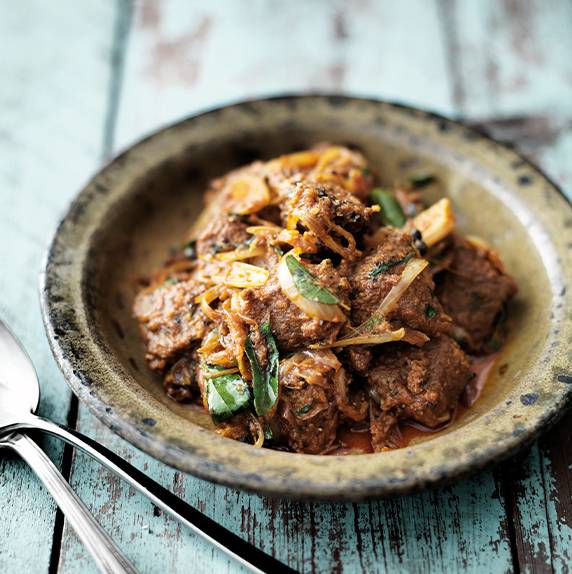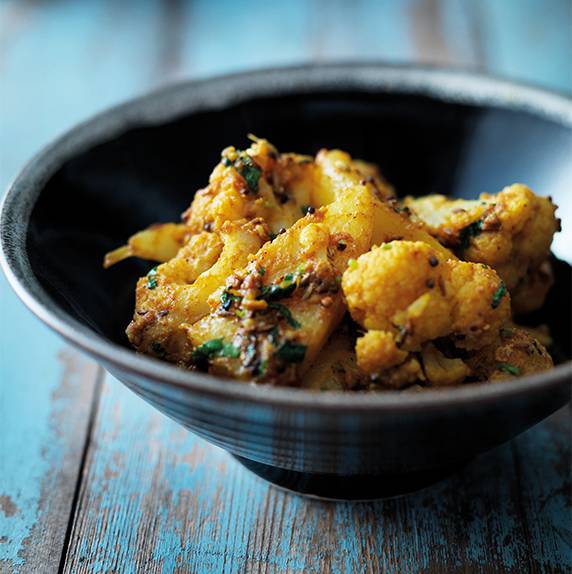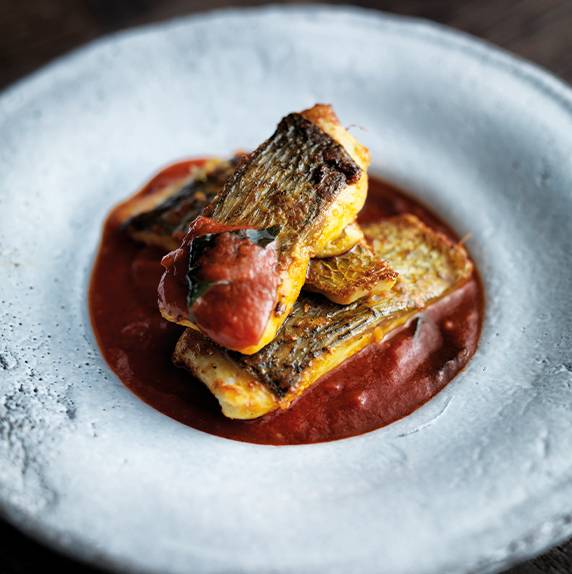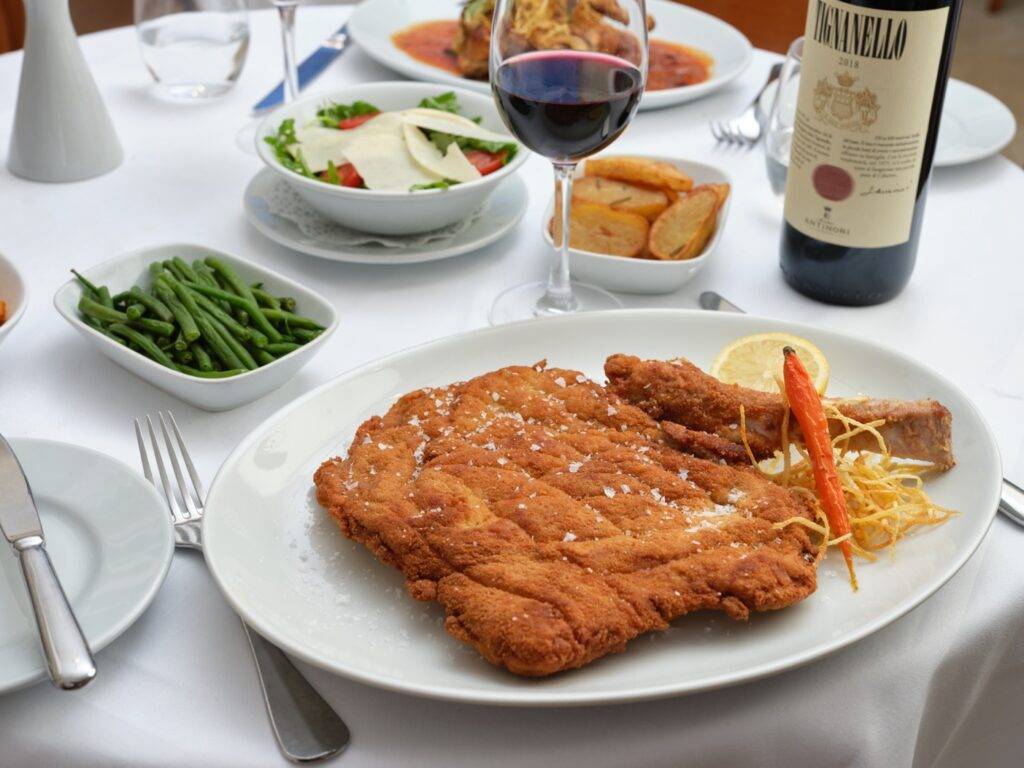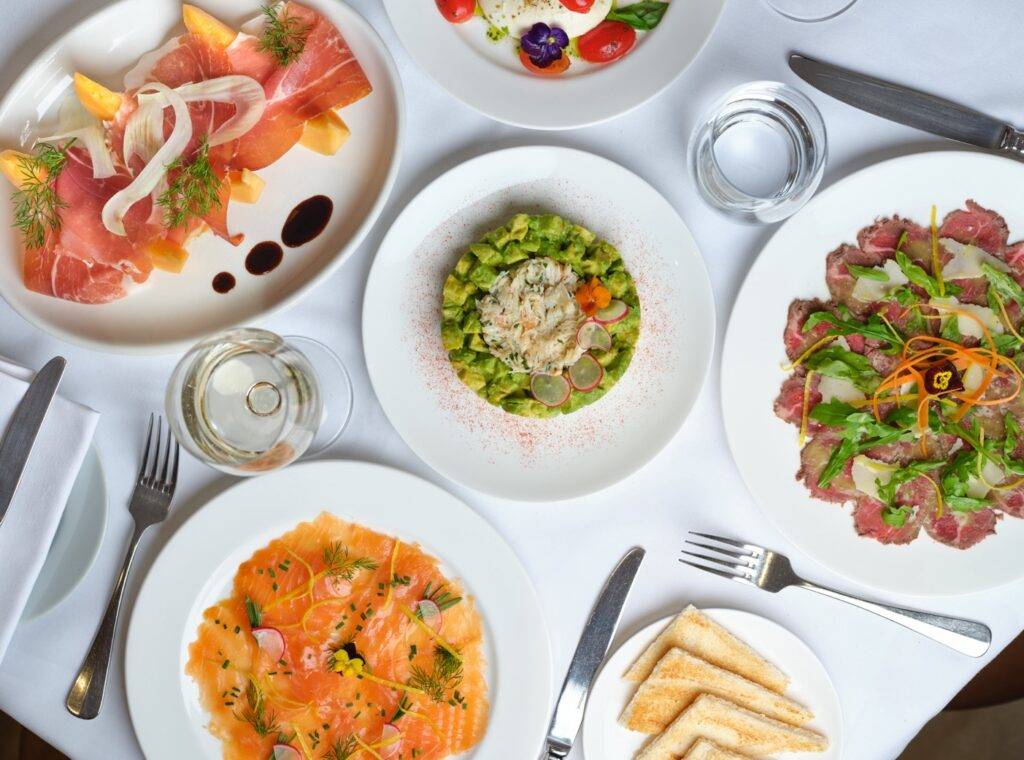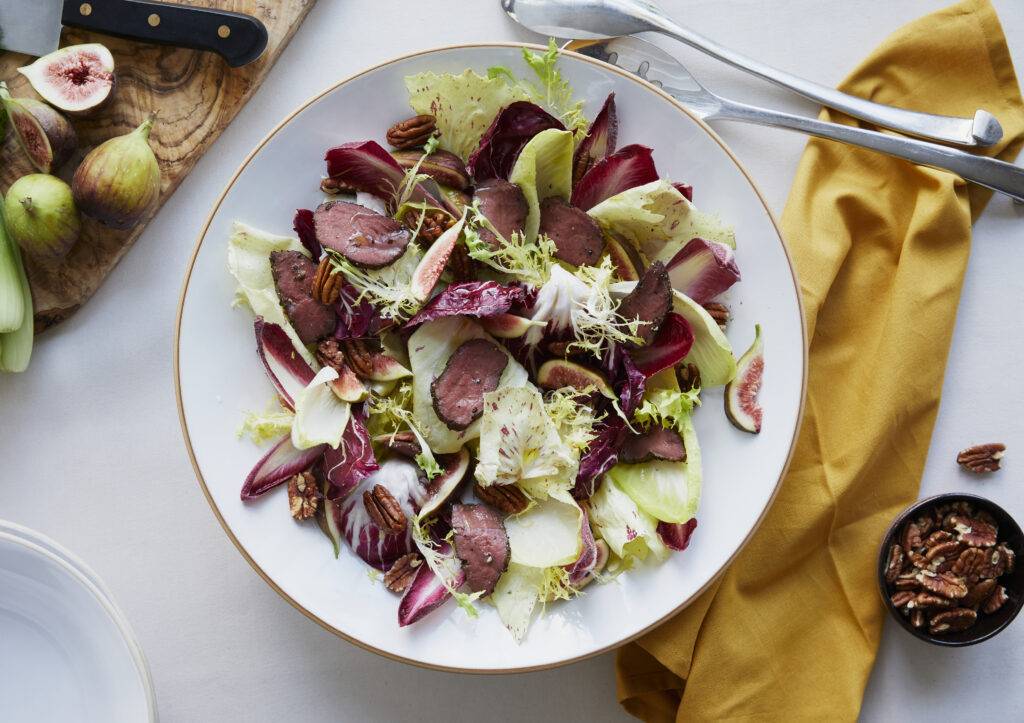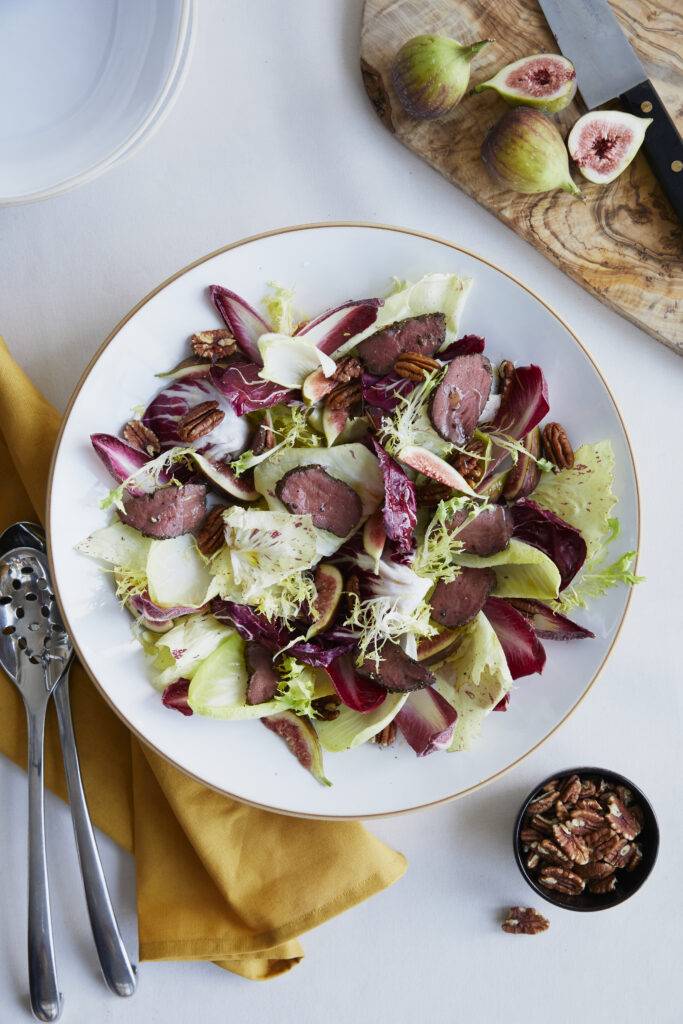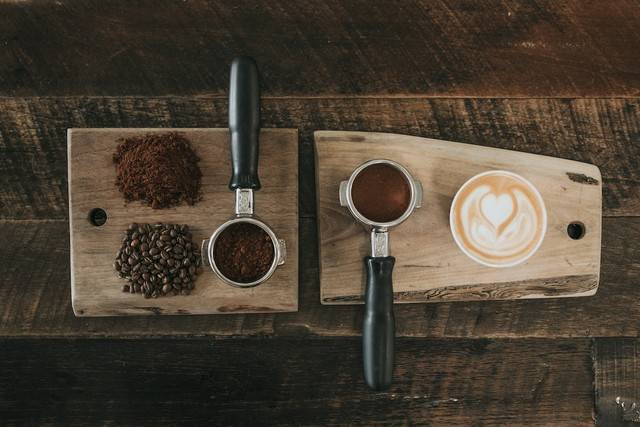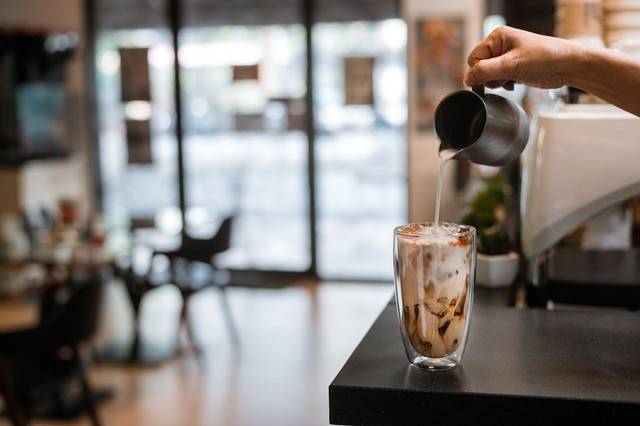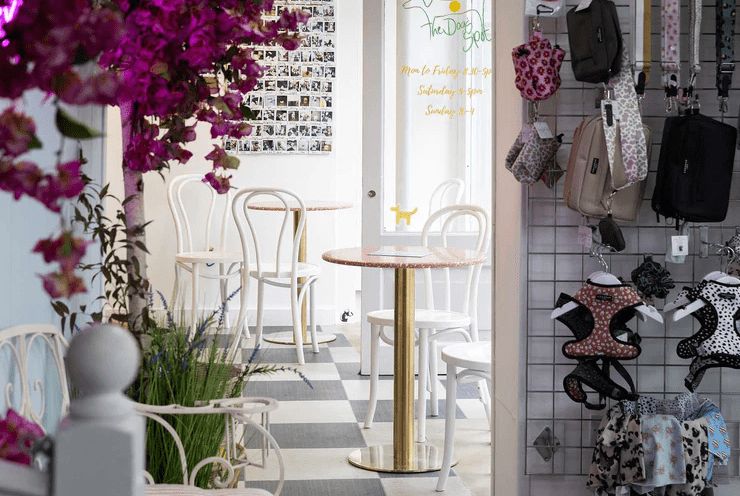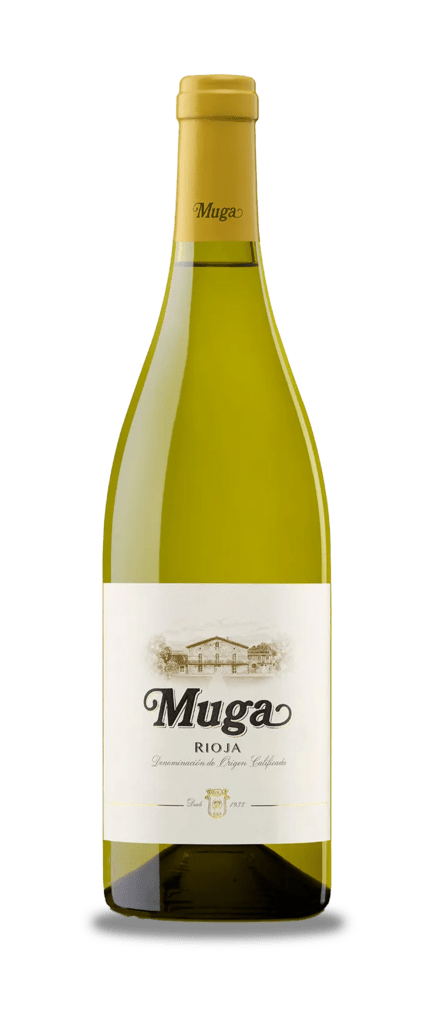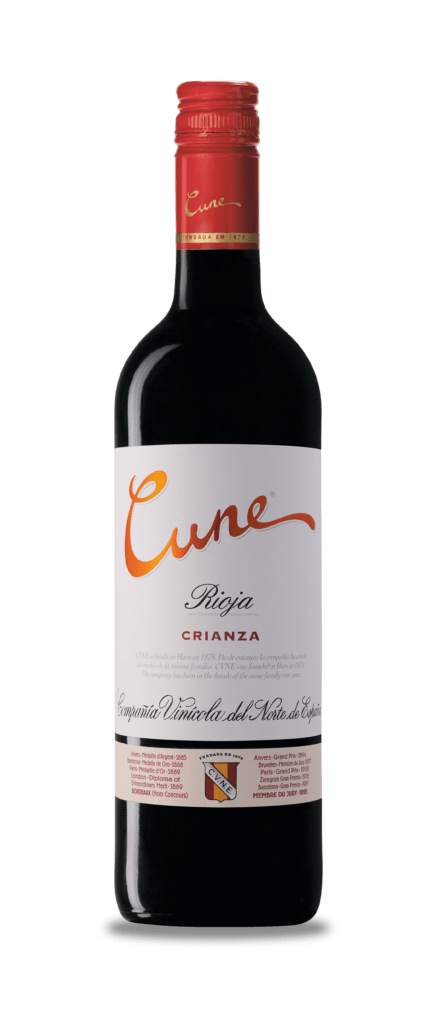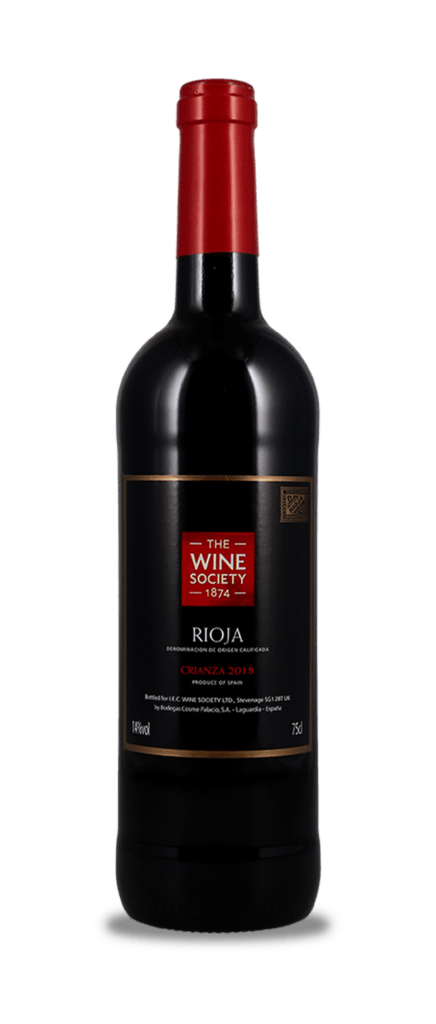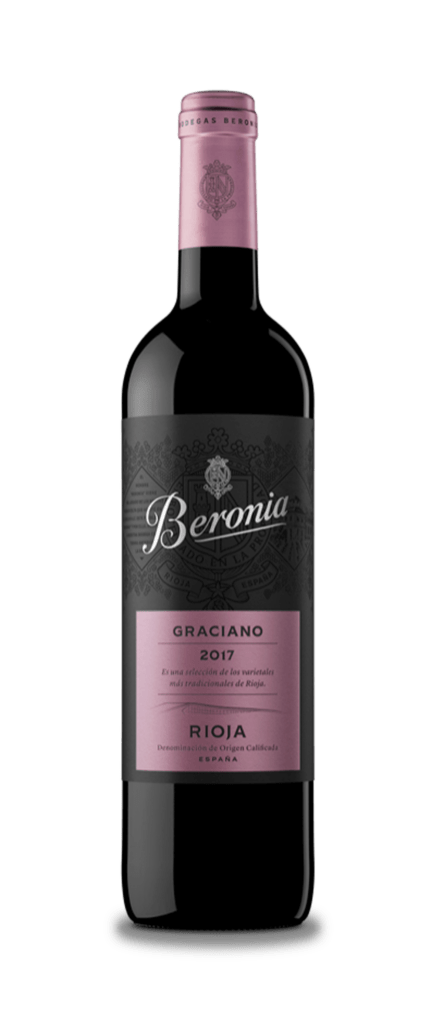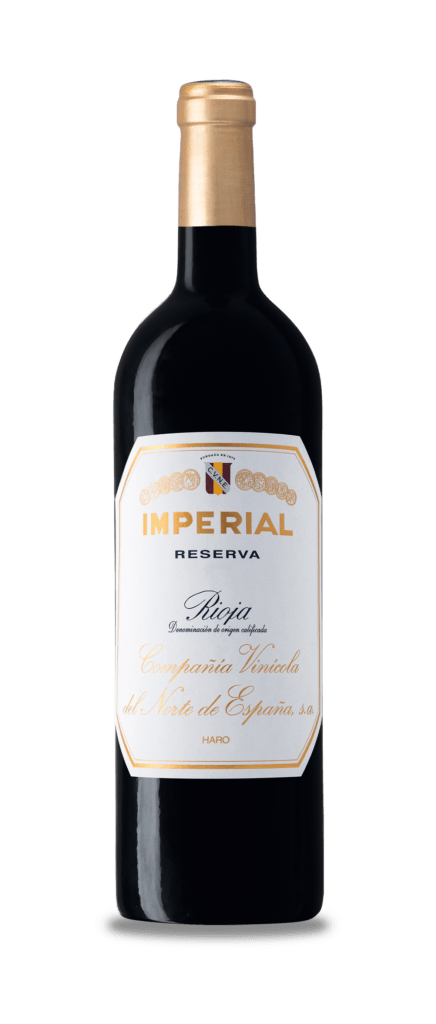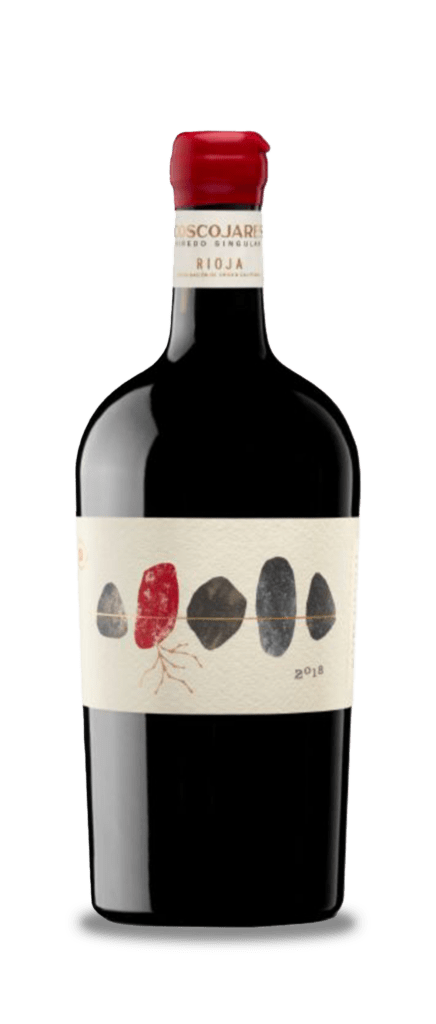Remember when the only choice for a coffee was white or black? Times have changed and ordering a coffee is now akin to reciting War and Peace. However you like your caffeine shot (or not) support National Coffee Week this month
Cappuccino, latte, flat, white, Americano, affogato – however you like yours, as a nation, we in Britain drink around a whopping 95 million cups of coffee a day!
So, the only way to mark National Coffee Week, October 16th to 22nd, is by raising a cup in whichever style you prefer. The week is the biggest celebration of coffee, raising funds for Project Waterfall which brings clean drinking water to coffee growing communities.
Since 2011, the UK Coffee Week community has raised more than £800,00 for Project Waterfall, reaching over 45,000 people with clean drinking water, sanitation and education.
Funds raised during the 2023 campaign will support Project Waterfall’s latest project in the Berbere district of Ethiopia. The country is considered the biological and cultural home of coffee but 82% of households in the Berbere area use water from unprotected sources.
Working in partnership with the local government as well as WaterAid, Project Waterfall will build a solar powered multi-village gravity-flow water system, that will provide water to 40,000 people. The new infrastructure will be climate resistant and accessible to everyone in the area.
How can you get involved and do your bit to help? Hospitality businesses of all shapes and sizes fundraise by donating from every cup or bag of coffee sold, or by running events and competitions.
Whether you serve, sell, sip or roast the much-loved bean – which is actually a fruit – you can take part in UK Coffee Week and support coffee-growing communities. Among the vendors locally taking part are Fieldhouse Coffee, Rose Brae, Woodlands, Windlesham and COLCO Coffee, Unit 3, Manor Farm, Common Road, Eton Wick, Windsor. Explore their selection of hand roasted coffee from around the world including Colombian Speciality Coffee, Single Origin Coffees and Premium House Blends. A percentage of their coffee proceeds goes to support great causes, why not grab a bag today?
Also participating is Art Cafe, Bonn Square, Oxford where, as the name suggests you can appreciate some work from local artists as you enjoy your cuppa.
There are more coffee shops than you can shake a bean at so why not try one of these which serve up a little something extra?
In picturesque Ripley, you’ll find Nest Home & Café, part café, part home / gift shop with a reputation for excellent service, world-class coffee and eclectic shopping. All food and drink is served in recyclable trays, cutting down on waste too. You’re also welcome to take along your own favourite cup or mug and enjoy a discount on your coffee.
Here’s a coffee shop with a difference, the Terrace Lounge Coffee Shop at Harry Edwards Healing Sanctuary in Shere boasts stunning views over the Surrey Hills. Recently opened, could there be a better way to enjoy some ‘me time’ in stunning surroundings and while you’re there why not combine it with some healing?
Described as a ‘curious coffee shop and gift shop’, Hemingways in Haslemere has found a special place in the hearts of locals with its ‘marvellous mix of old and new, classy and comfortable, lively and relaxing with a wonderfully eclectic decor and range of gifts and homeware that combine to make a special and favourite place for all those who visit’. It is also heavily involved in the community, supporting many local charities and organisations.
Cappuccino with a cavapoo? No problem at Cantine in Fleet. The dog-friendly café offers a warm welcome to our furry friends as well as their owners with a delicious range of sweet treats and a recently launched full English breakfast to tuck into too. Take your pooch along and they can tuck – or lick – into dog ice cream and the popular Puppicino treat too. There’s local art on the walls and regular quiz nights too to test your little grey cells.
Never has the saying from little acorns been more apt for Acorns Coffee Roastery which operates from The Shed in Bordon. From the early days as a mobile coffee shop in a converted horsebox, the team and passion for coffee grew with the addition of Head Roaster Matt whose knowledge means you can now enjoy Acorns small batch roasted coffee anywhere in the country.
At Coffee Under Pressure, the two baristi who created it believe that great coffee is an affordable luxury, but also an everyday need which is why, when visiting the shop in St Mary’s Butts, Reading you will find passionate and knowledgeable baristi with attention to detail and persistence for the best brew every time. Chat to them about how to explore new flavours and brewing methods and ask every detail you wish to know about their coffees or teas.
All things gluten-free are celebrated at YayLo in Cross Street, in Reading town centre. You may recognise the only gluten-free coffee shop in town, it was previously the award-winning Nibsy’s. Now under a new name and new ownership, it is proud to be gluten-free and serving up ‘awesome-licious gluten-free’ pastries, donoughts and cakes alongside its equally delicious coffee.
Robyn’s Nest at Moss End Cafe, Warfield, isn’t just offering great tasting coffee and cakes, during the pandemic they provided cake boxes for the NHS and keyworkers and now offers business networking events as well as a play area so you can enjoy your coffee – while it’s hot – while your little ones play.
The Collective in Church Road, Caversham, is a speciality coffee shop, licensed cafe, lifestyle store and grocer with community at its core. It has won awards for bringing together a love of incredible coffee, great quality food, design and living well into one destination.
If it’s all about the coffee for you Spoon in Duke Street, Henley, proudly serves Extract Coffee. Ethically sourced, kind to farmers and utterly delicious. Often dubbed ‘the best coffee in Henley’, they sell pre-ground Original Espresso in-store so you can take Extract’s heavenly blend home with you to sip at your leisure.
The Pantry in Thatcham has its own specially blended coffee from their partner coffee supplier Kingdom Coffee. The Pantry Blend is a full bodied, smooth coffee with a creamy mouth feel and notes of berry fruits, chocolate and molasses. Sounds delicious and each and every cup is expertly crafted for you by the trained staff making it stand out in so many ways.
A former Wesleyan chapel is the location for Community Hub cafe at City Arts.The barista coffee machine and home made cakes sit alongside the current art exhibition. Cakes are baked by local bakers and can be enjoyed with great barista coffee and a selection of high quality teas. Browse and buy the unique cards on sale from local artists too.
Elaine’s in The Courtyard, Hungerford and Hughendon Yard, Marlborough believe everyone should be able to eat out knowing they are able to choose food that is right for them and is delicious and nutritious, no matter what diet they are committed to. Alongside wholesome fare, you can enjoy your coffee in a relaxed and welcoming setting.
The award-winning Hampstead Norreys Community Shop is a true gem on a mission to serve its community in every way. Stocking essential and speciality groceries, it champions sustainable and locally made products not least in its cafe where you’ll feast on delicious home-made food, barista coffee and other beverages.
If it’s location you’re after while you sip on your coffee, then head to The Tea Shop by the canal at Newbury, this can be found in a unique grade II listed building on the Kennet and Avon waterway.
Coffee for a cause is the idea dreamed up by James at Coffi Lab opposite the Town Hall in Marlborough. The venture combines his love of Labradors, creating a coffee brand and making a difference. The cafes, of which there are eight, are not a dog café as such, but open venues; a focal point of leafy neighbourhoods where family and friends come together without having to leave their canine companions at home. As it says on the website, Coffi Lab is ‘driven by a desire to do good’ and to that end they have so far raised in excess of £60,000 for Guide Dogs for the Blind.
Cappuccino with a cavapoo? The Dog’s Spot in Abingdon is a unique place for dogs and their owners. A place to meet, socialise, enjoy good coffee and cakes, in a relaxed dog-centred space with its own doggy menu. In the shop they offer a range of high-quality food, treats and accessories, as well as being home to grooming spa.
Oxford’s Grand Cafe can stake a unique claim to fame – it is housed in the spot where the very first coffee shop in England was founded in 1650. According to a number of sources, including Samuel Pepys, an entrepreneur named Jacob established the first English coffee house in High Street almost 400 years ago. There’s a challenger for this accolade with Queen’s Lane Coffee House, established in 1654, saying it is ‘the longest established coffee house in Europe’. The difference? Queen’s Lane has always been a coffee shop whereas the Grand Cafe has actually been a variety of businesses over the years. Both have great historical value and serve an exceptional cup of coffee and more!
Society Café is an independent speciality coffee shop in the heart of Oxford city centre. Their focus is on making great coffee sourced directly from the best coffee producing farms in the world and roasted by the best roasters in the world. Try a cup and see.
Location, location, location – one of the best is surely that occupied by The Waterfront Cafe at Benson. Relax with your brew on the vast decking as you watch the boats gliding up and down the river. The perfect spot to watch the world go by. The decking and covered outside areas are also dog friendly.
Head to the Vale and Download Museum in Wantage for coffee and a little history or for some rustic charm how about Cogges Kitchen in the old milking parlour at Cogges Manor Farm in Witney. Tuck in to tasty cake with a good cup of locally roasted coffee.
And if you like your coffee among plants then head to Root One Garden Centre in Brightwell-cum-Sotwell where you can enjoy some delicious sweet treats too.




